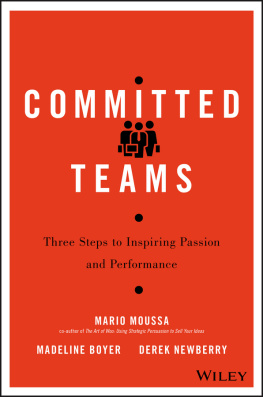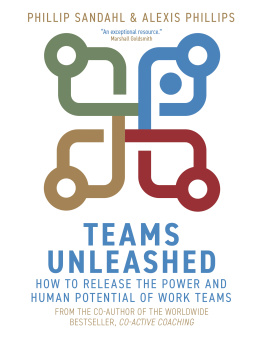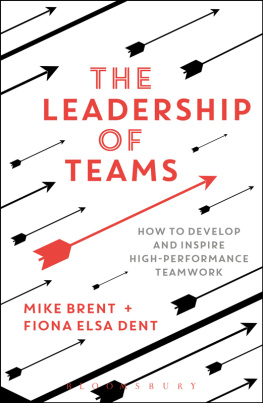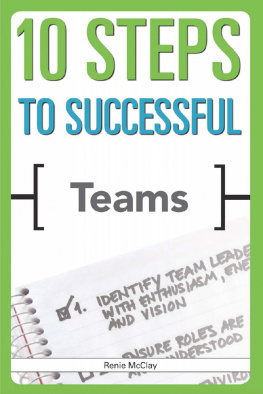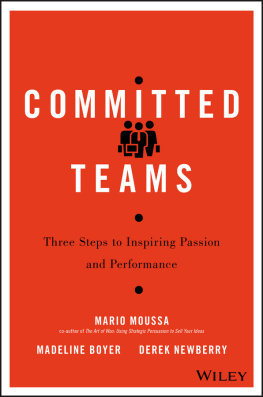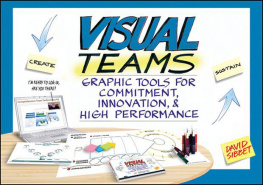
This book is printed on acid-free paper.
Copyright 2016 by Mario Moussa, Madeline Boyer, and Derek Newberry.
All rights reserved.
Published by John Wiley & Sons, Inc., Hoboken, New Jersey.
Published simultaneously in Canada.
No part of this publication may be reproduced, stored in a retrieval system, or transmitted in any form or by any means, electronic, mechanical, photocopying, recording, scanning, or otherwise, except as permitted under Section 107 or 108 of the 1976 United States Copyright Act, without either the prior written permission of the Publisher, or authorization through payment of the appropriate per-copy fee to the Copyright Clearance Center, 222 Rosewood Drive, Danvers, MA 01923, (978) 750-8400, fax (978) 646-8600, or on the web at www.copyright.com. Requests to the Publisher for permission should be addressed to the Permissions Department, John Wiley & Sons, Inc., 111 River Street, Hoboken, NJ 07030, (201) 748-6011, fax (201) 748-6008, or online at www.wiley.com/go/permissions.
Limit of Liability/Disclaimer of Warranty: While the publisher and author have used their best efforts in preparing this book, they make no representations or warranties with respect to the accuracy or completeness of the contents of this book and specifically disclaim any implied warranties of merchantability or fitness for a particular purpose. No warranty may be created or extended by sales representatives or written sales materials. The advice and strategies contained herein may not be suitable for your situation. You should consult with a professional where appropriate. Neither the publisher nor the author shall be liable for damages arising herefrom.
For general information about our other products and services, please contact our Customer Care Department within the United States at (800) 762-2974, outside the United States at (317) 572-3993, or fax (317) 572-4002.
Wiley publishes in a variety of print and electronic formats and by print-on-demand. Some material included with standard print versions of this book may not be included in e-books or in print-on-demand. If this book refers to media such as a CD or DVD that is not included in the version you purchased, you may download this material at http://booksupport.wiley.com. For more information about Wiley products, visit www.wiley.com.
Library of Congress Cataloging-in-Publication Data:
Names: Moussa, Mario, author. | Boyer, Madeline, 1987- author. | Newberry, Derek, 1983- author.
Title: Committed teams : three steps to inspiring passion and performance / Mario Moussa, Madeline Boyer, Derek Newberry.
Description: Hoboken : Wiley, 2016. | Includes bibliographical references and index.
Identifiers: LCCN 2015042388 (print) | LCCN 2015047335 (ebook) | ISBN 9781119157403 (hardback) | ISBN 9781119157410 (pdf) | ISBN 9781119157427 (epub)
Subjects: LCSH: Teams in the workplaceManagement. | Employee motivation. | Leadership. | BISAC: BUSINESS & ECONOMICS / Workplace Culture.
Classification: LCC HD66 .M68 2016 (print) | LCC HD66 (ebook) | DDC 658.4/022dc23
LC record available at http://lccn.loc.gov/2015042388
Cover Design: Wiley
Cover Image: iStock.com/furtaev
Illustrations by: Barbara Boyer
For Robin Komita
Mario Moussa
For Robert and Ana Boyer
Madeline Boyer
For Carolyn Newberry
Derek Newberry
Preface
Our teamwork philosophy is easy to describe. You get organized, schedule regular times to check on your progress, and make adjustments when necessary. Three steps.
Simple.
The hard part is actually following the steps during your typical workday: time-crunched and stressful, deadline-driven, often chaotic, and full of quirky characters who have surprising motives. Not so simplebut that is a common reality. We wrote this book for teams who have to deliver results under these difficult conditions. Though it originated in the research we conducted at the Wharton School of Business, we organized our findings in the form of a how-to guide.
In from beginning to end, so that you understand the whole 33 and how to apply it. Each chapter includes a tool that you can start using right away.
. Each chapter in the second half of the book offers lessons you will find valuable no matter what your team needs to accomplish.
The three of us collaborated with a group of contributing authors who are experts in social science and organizational consulting. You can read about their backgrounds in the Authors section.
We tell lots of teamwork stories that we have heard over the years. We are interested in hearing your story, too. Please get in touch with us at www.committedteams.com
Mario Moussa, Madeline Boyer, and Derek Newberry
Introduction
Can I Make My Team Work?
Intense!
Twisting your features into a mask of pain, you dig your heels into the soft grass. A rope tears into your palms. Sweat runs down your face as blood seeps from spidery cracks in your skin and onlookers gawk and yell.
A clear, tiny voice speaks to you amid the cacophony of confused thoughts swirling in your head: So-o-o-o what am I learning from this experience?
Well, you should be learning about teamwork. You are in the middle of a typical organizational development exercise. This one happens to entail pulling a large rock 30 feet. Your supervisor decided to start by having you try going it alone. Yet, despite all of your 5 a.m. Crossfit workouts at the gym, you failed to move the boulder even an inch. To achieve a different result, you clearly need to work with others.
Teamwork gets things done, right?
As others join you, one by one, the collective rope-pulling effort seems to demonstrate the point. Little by little, the boulder starts moving until it nudges over the 30-foot mark. Cheers erupt. But you notice something odd. With each additional person who contributes to the effort, the boulder moves a little bit faster, but not as fast as you would have imagined. By the time the tenth person steps up, you feel the group is barely pulling harder than when it was only six, even though everyone seems to be working hard.
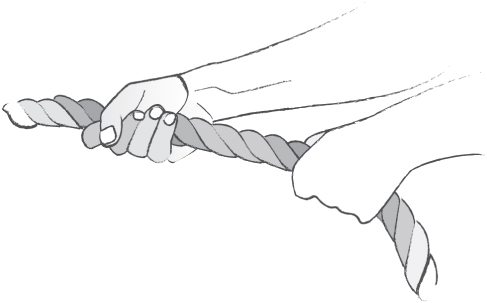
Afterward, you ask others if they noticed the same thing. Everyone says: I was pulling my weight, but it sure seems that others weren't.
1 + 1 = 1.5?
If the boulder exercise sounds like something you have experienced on your own team, then you have encountered a well-known phenomenon first identified by Max Ringelmann in the early twentieth century: social loafing. It names the tendency to apply less and less effort to a task as more people become involved with it.
In the original studies of what became known as the Ringelmann Effect, the French engineer analyzed the amount of energy expended by his students in a rope-pulling contest. As each side expanded its team, each person became less committed to the task, subconsciously slacking off more and more. No synergies here: 1 + 1 equals something less than 2, as illustrated in . This is just one in a long list of bad habits that most teams tend to cultivate over time, even though they might not be aware of it.
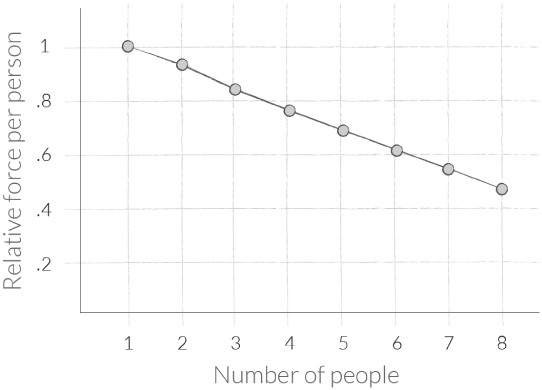
Effects of Social Loafing on People Pulling on a Rope
Teamwork Everywhere, All the Time
Next page
